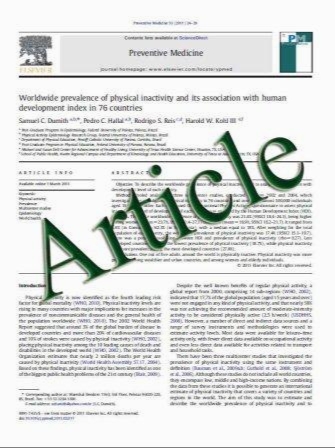Endovascular Treatment of Epistaxis: Indications, Management, and Outcome
- نوع فایل : کتاب
- زبان : انگلیسی
- مؤلف : Katharina Strach Andreas Schro¨ck Kai Wilhelm Susanne Greschus Henriette Tschampa Markus Mo¨hlenbruch Claas P. Naehle Mark Jakob Andre
- چاپ و سال / کشور: 2011
Description
Objective Epistaxis is a common clinical problem, and the majority of bleedings can be managed conservatively. However, due to extensive and sometimes life-threatening bleeding, further treatment, such as superselective embolization, may be required. We report our experience with endovascular treatment of life-threatening epistaxis. Methods All patients presenting with excessive epistaxis, which received endovascular treatment at a German tertiary care facility between January 2001 and December 2009, were retrospectively identified. Demographic data, etiology, origin and clinical relevance of bleeding, interventional approach, therapy-associated complications, and outcome were assessed. Results A total of 48 patients required 53 embolizations. Depending on the etiology of bleeding, patients were assigned to three groups: 1) idiopathic epistaxis (31/48), 2) traumatic or iatrogenic epistaxis (12/48), and 3) hereditary hemorrhagic telangiectasia (HHT) (5/48). Eleven of 48 patients required blood transfusions, and 9 of these 11 patients (82%) were termed clinically unstable. The sphenopalatine artery was embolized unilaterally in 10 of 53 (18.9%) and bilaterally in 41 of 53 (77.4%) procedures. During the same procedure, additional vessels were embolized in three patients (3/53; 5.7%). In 2 of 53(3.8%) cases, the internal carotid artery (ICA) was occluded. Long-term success rates of embolization were 29 of 31 (93.5%) for group 1 and 11 of 12 (91.7%) for group 2 patients. Embolization of patients with HHT offered at least a temporary relief in three of five (60%) cases. Two major complications (necrosis of nasal tip and transient hemiparesis) occurred after embolization. Conclusions Endovascular treatment proves to be effective for prolonged and life-threatening epistaxis. It is easily repeatable if the first procedure is not successful and offers a good risk–benefit profile.
Cardiovasc Intervent Radiol DOI 10.1007/s00270-011-0155-5 Received: 12 August 2010 / Accepted: 9 February 2011


